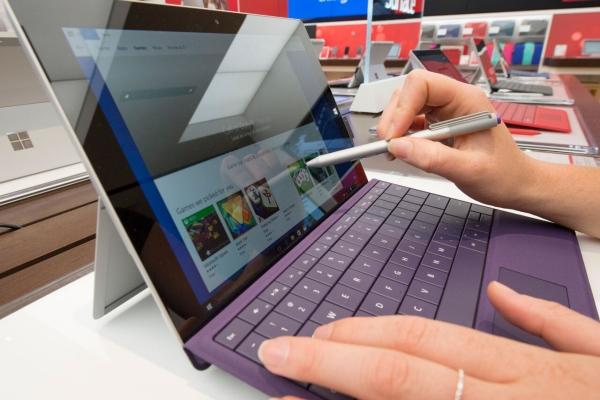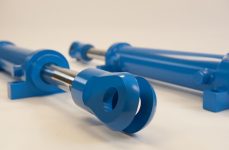Published on the 12/11/2015 | Written by Beverley Head

A new survey has forecast a surge in demand in Australia for tablet-cum-notebooks – but the overall tablet market is slowing – just in time for the release of the latest iPads and Microsoft’s flagship store…
Analyst Telsyte claims that sales of composite devices will rise from more than 500,000 to almost 1.5 million in 2017. Tablet sales meanwhile continue to slow, down 16 per cent on the similar period in 2014, with 1.5 million units sold.
Apple still commanded the lion’s share of the tablet market with 48 percent share. Android devices claimed 38 percent share – but saw that eroded by rising demand for Windows devices. According to Telsyte Microsoft now trails only Apple and Samsung.
The new Apple iPad Pro, along with the Smart Keyboard, and Apple Pencil which all became available for order online yesterday – including for Australian and New Zealand customers – may inject some pre-Christmas excitement into the consumer market. Starting at $US799 ($A1132 at current exchange rates) the device will be quite an expensive gift, though the pencil at $US99 and keyboard for $US169 may make more affordable stocking fillers for Apple-philes.
The Microsoft Surface Pro 4 and Surface Book have gone on sale in Australia today retailing at $A1,349 and $A2,299 respectively.
Microsoft meanwhile will today open the doors to its new flagship retail store in the heart of Sydney’s central retail area. While Apple and Samsung both have retail outlets on George St, they are both located in a stretch of the City that will be overtaken by construction of the new light rail system for a couple of years.
Whatever the state of the store wars, Telsyte warns that larger screen smartphones have impacted the tablet market, as has the search for greater functionality offered through two-in-one devices, predicting the iPadPro will face stiff competition from the Surface Pro 4.
Gartner meanwhile has said that ultimately it will be compelling applications that drive sales in the category.
“Tablet innovation is driven by applications rather than by the hardware. However, most applications work pretty well with first- and second-generation tablet hardware, and because the operating system can be upgraded for free, the user is not compelled to change the device,” said Meike Escherich, principal research analyst at Gartner. “Users are less interested in the hardware and more interested in the applications and how devices using the cloud can interact with each other.”
It is forecasting fewer than one in five tablet users in mature markets will consider an upgrade over the coming year. Gartner found that 48 percent of consumers don’t want to replace a device until they absolutely have to.
“Unless new compelling innovation or incentives to upgrade tablets are created, the churn of the mature installed base will continue to fall,” she added. “The worst-case scenario is that many tablet users will never upgrade or buy a new tablet as phablets and/or two-in-one convertible PCs (both with larger screen) envelop the benefits of a tablet.”
Over to you Apple, Samsung, Microsoft.



























